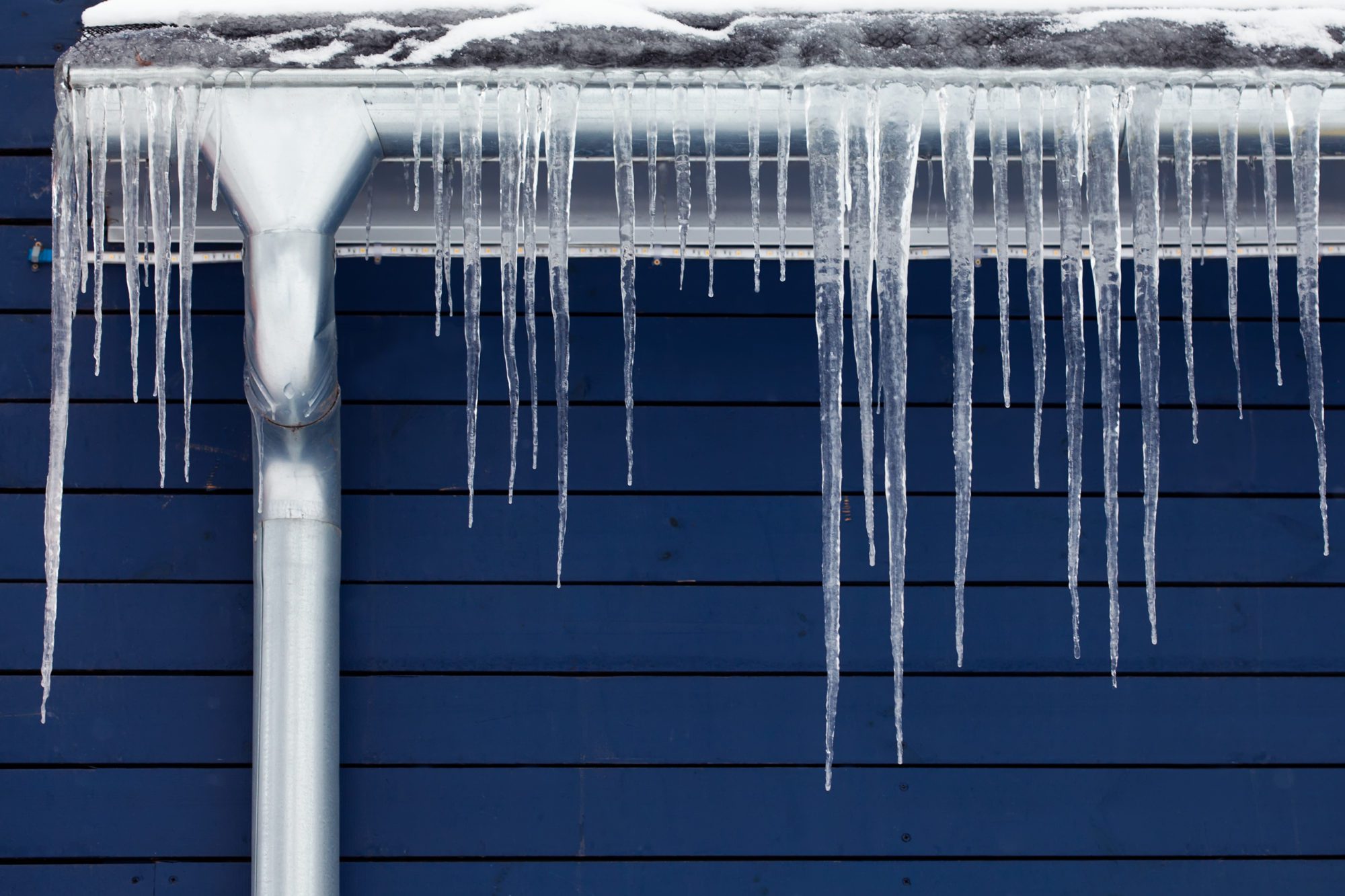Guidance for Preventing Frozen Pipes in Winter: Expert Tips
Guidance for Preventing Frozen Pipes in Winter: Expert Tips
Blog Article
We've noticed this article about Winter Plumbing Precautions: Preventing Frozen Pipes below on the internet and figured it made sense to relate it with you on my blog.

Cold weather can damage your pipes, particularly by freezing pipelines. Right here's just how to avoid it from occurring and what to do if it does.
Introduction
As temperature levels decline, the risk of frozen pipelines boosts, possibly causing costly repair work and water damage. Recognizing just how to stop icy pipelines is important for home owners in cold climates.
Prevention Tips
Protecting vulnerable pipelines
Cover pipes in insulation sleeves or make use of warmth tape to protect them from freezing temperatures. Concentrate on pipelines in unheated or external locations of the home.
Home heating strategies
Maintain interior spaces properly heated up, especially locations with plumbing. Open closet doors to allow warm air to circulate around pipelines under sinks.
Exactly how to recognize icy pipelines
Look for reduced water flow from faucets, uncommon odors or noises from pipelines, and visible frost on exposed pipes.
Long-Term Solutions
Structural changes
Take into consideration rerouting pipelines far from exterior wall surfaces or unheated areas. Add extra insulation to attics, cellars, and crawl spaces.
Upgrading insulation
Purchase top notch insulation for pipelines, attics, and walls. Correct insulation aids keep regular temperatures and minimizes the threat of frozen pipes.
Protecting Outdoor Pipes
Garden hose pipes and outside faucets
Detach and drain pipes yard hose pipes before winter. Mount frost-proof faucets or cover exterior faucets with shielded caps.
Understanding Frozen Pipelines
What creates pipelines to ice up?
Pipes ice up when exposed to temperature levels listed below 32 ° F (0 ° C) for expanded periods. As water inside the pipes ices up, it expands, taxing the pipe walls and potentially triggering them to burst.
Risks and problems
Icy pipelines can lead to water interruptions, residential or commercial property damages, and expensive repair services. Ruptured pipelines can flood homes and create extensive structural damages.
Indications of Frozen Piping
Recognizing icy pipelines early can stop them from bursting.
What to Do If Your Pipelines Freeze
Immediate activities to take
If you believe frozen pipelines, maintain taps open to soothe stress as the ice melts. Utilize a hairdryer or towels taken in hot water to thaw pipelines slowly.
Verdict
Protecting against frozen pipelines needs proactive procedures and quick feedbacks. By comprehending the reasons, indications, and safety nets, property owners can shield their plumbing during winter.
5 Ways to Prevent Frozen Pipes
Drain Outdoor Faucets and Disconnect Hoses
First, close the shut-off valve that controls the flow of water in the pipe to your outdoor faucet. Then, head outside to disconnect and drain your hose and open the outdoor faucet to allow the water to completely drain out of the line. Turn off the faucet when done. Finally, head back to the shut-off valve and drain the remaining water inside the pipe into a bucket or container. Additionally, if you have a home irrigation system, you should consider hiring an expert to clear the system of water each year.
Insulate Pipes
One of the best and most cost-effective methods for preventing frozen water pipes is to wrap your pipes with insulation. This is especially important for areas in your home that aren’t exposed to heat, such as an attic. We suggest using foam sleeves, which can typically be found at your local hardware store.
Keep Heat Running at 65
Your pipes are located inside your walls, and the temperature there is much colder than the rest of the house. To prevent your pipes from freezing, The Insurance Information Institute suggests that you keep your home heated to at least 65 degrees, even when traveling. You may want to invest in smart devices that can keep an eye on the temperature in your home while you’re away.
Leave Water Dripping
Moving water — even a small trickle — can prevent ice from forming inside your pipes. When freezing temps are imminent, start a drip of water from all faucets that serve exposed pipes. Leaving a few faucets running will also help relieve pressure inside the pipes and help prevent a rupture if the water inside freezes.
Open Cupboard Doors
Warm your kitchen and bathroom pipes by opening cupboards and vanities. You should also leave your interior doors ajar to help warm air circulate evenly throughout your home.

I have been very curious about How to prepare your home plumbing for winter weather and I am assuming you enjoyed the blog posting. Appreciated our article? Please quickly share it. Help other people discover it. Thank-you for your time spent reading it.
Call Today Report this page